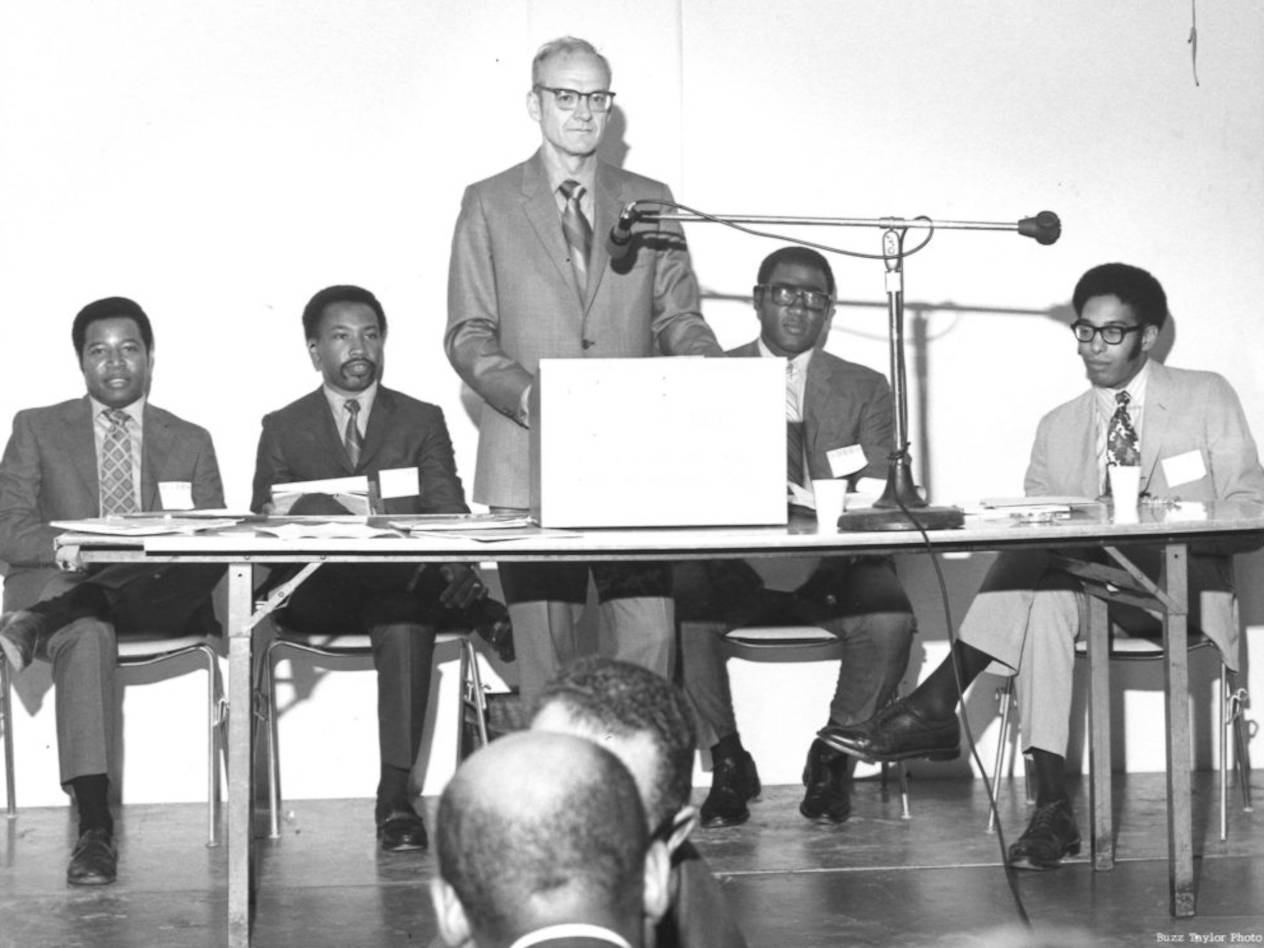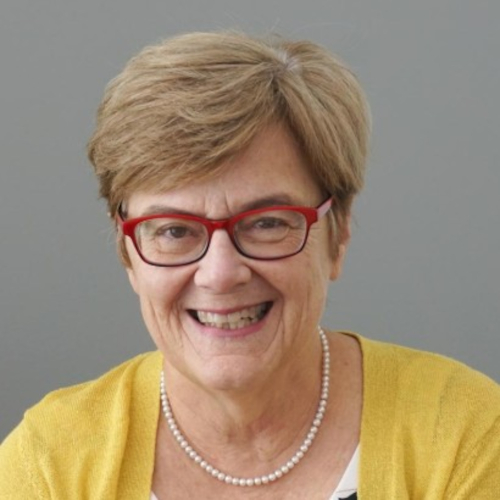1966: first steps to diversify MBA ranks
- August 24, 2016
- By Melody Walker
- 2 minute read

In the mid 1960s, when civil rights protests were growing and calls for radical social change permeated all walks of life, Sterling H. Schoen, a professor at Washington University’s business school, realized through his research that Fortune 500 companies employed no African Americans in management. Schoen, an expert in labor relations, wanted to open the doors to business education and corporate career tracks for underrepresented minorities.
Schoen’s research and dedication to diversity in business education and management led to the creation of The Consortium for Graduate Study in Management. Better known as “The Consortium,” it is a unique alliance of top-tier business schools and corporate partners dedicated to increasing the ranks of underrepresented minorities in business education and corporate leadership.
The Consortium is celebrating its 50th anniversary this year.
“We’re here today because of Prof. Schoen’s vision,” said Peter J. Aranda III (MBA and MIM ’87), a Consortium alumnus and current executive director and CEO of The Consortium. “We need to remember we stand on the shoulders of those who came before us. The opportunities that exist today are bigger and greater than they were in the early days of the organization, and that is truly because of those who came before us.”
Few people are able to recognize what happened in America in the 1960s. While I was at the University of Chicago on a post-doctoral fellowship in 1962–63, I witnessed the burning of Chicago …. It was there that I first conceived of the notion that our business schools might take a more active and constructive role in promoting equal-opportunity employment in our country. I soon realized that Washington University by itself could make little impact on the problem, and so the idea of a consortium of leading universities was conceived.
—Prof. Sterling Schoen in a 1996 letter reflecting on the founding of The Consortium.
The first cohort of Consortium MBA students included 21 African-American men who enrolled in three founding member schools in 1967: Washington University, Indiana University-Bloomington, and the University of Wisconsin-Madison. The students were connected to mentors, leaders, and recruiters representing 27 corporate partners. Two years later, the University of Rochester and the University of Southern California joined The Consortium.
In 1970, Consortium membership opened to include women, Hispanic Americans, and Native Americans. This sparked growth in the number of member students and corporate and university partners. In 2004, The Consortium evolved to include all U.S. citizens and permanent residents who have demonstrated a commitment to The Consortium’s mission.
In 2016, The Consortium offered membership to more than 480 incoming students attending 18 member universities. Over the past 50 years, The Consortium has helped more than 9,000 of the country’s most talented MBA students achieve their goals.
Read more about the Consortium and Olin’s continued support in its mission on the Olin100 Centennial website.
Sources: CGSM and WUSTL Archives
Top Photo: Prof. Schoen in 1970 at a meeting of Consortium alumni and students. Courtesy of WUSTL Archives.
Media inquiries
For assistance with media inquiries and to find faculty experts, please contact Washington University Marketing & Communications.
Monday–Friday, 8:30 to 5 p.m.
Sara Savat
Senior News Director, Business and Social Sciences
